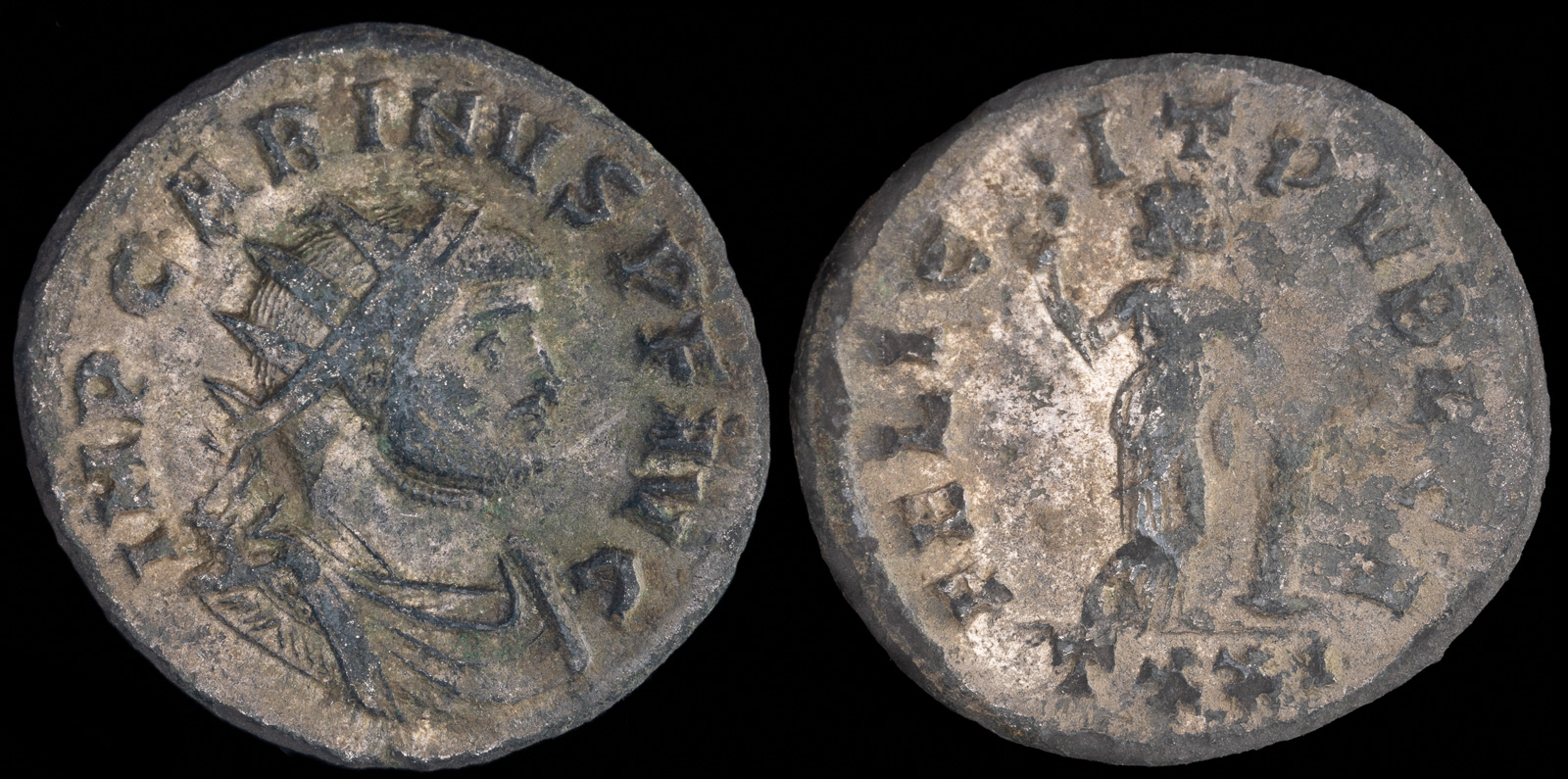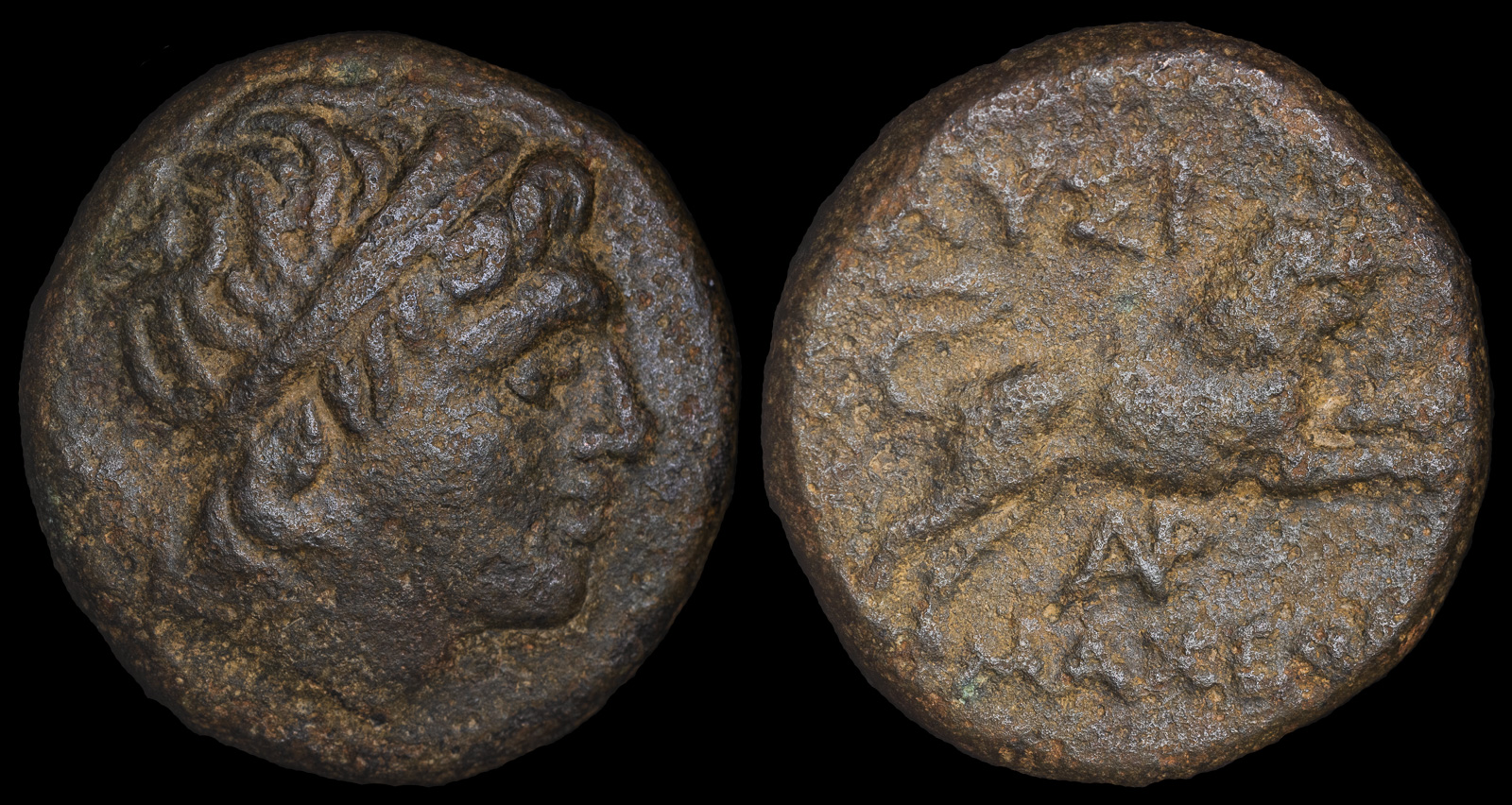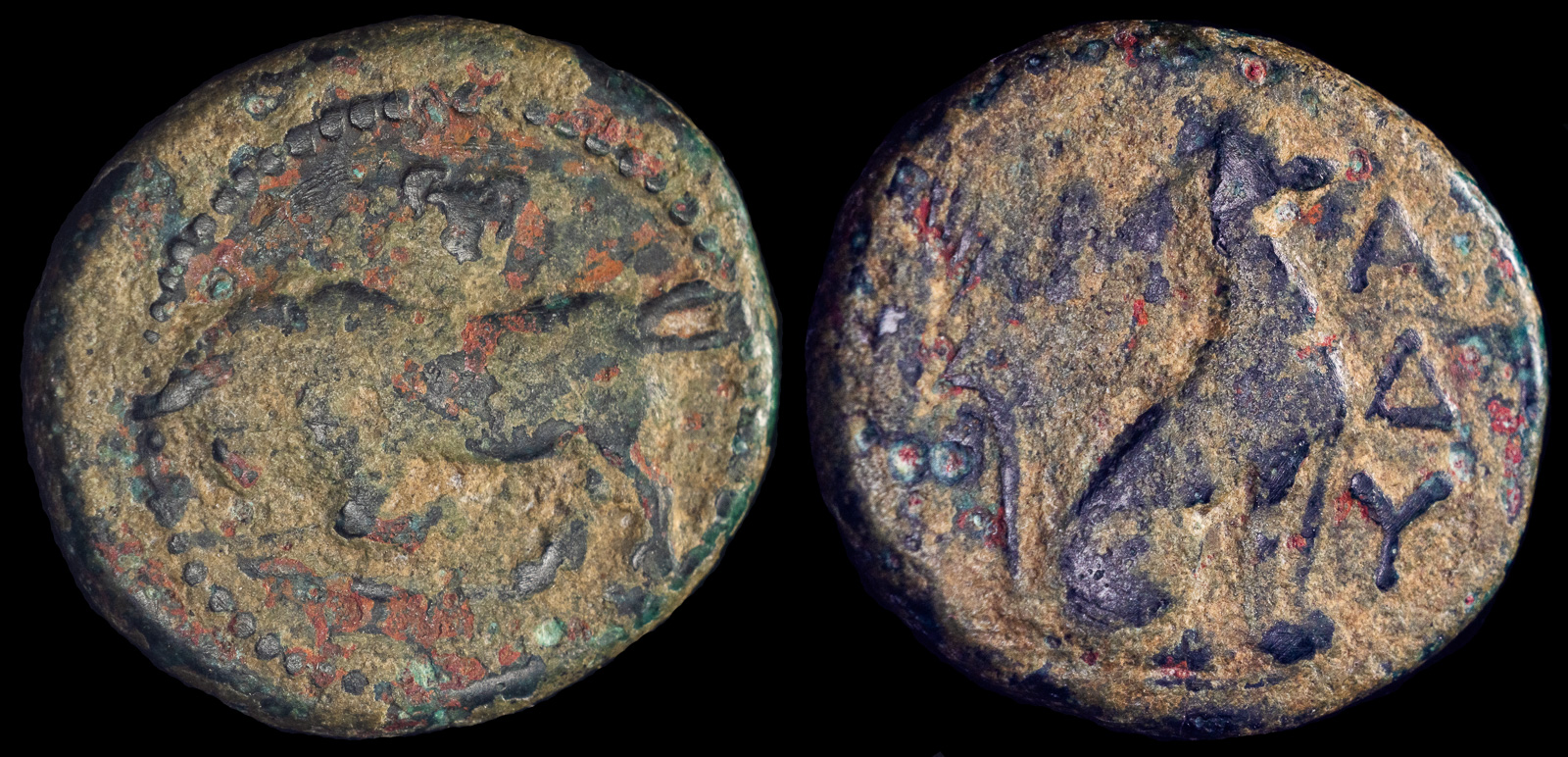Yellow
View All Tags
For copper and bronze coins, the primary cause of yellowing is the formation of copper oxides and copper salts, especially cupric oxide (CuO), which has a characteristic dark color, or copper carbonate (CuCO₃), which can appear greenish. However, over time, copper also reacts with sulfur compounds in the environment, such as those found in the air or from soil, creating a yellowish copper sulfate (CuSO₄) layer. This process results in a yellowish, sometimes slightly greenish, discoloration. The exact hue of the yellow patina depends on the specific environmental conditions the coin was subjected to, including the humidity, temperature, and the composition of the surrounding atmosphere.
For coins made from gold or silver, yellowing may not occur in the same way, but tarnishing or discoloration can happen due to reactions with sulfur or chlorine compounds. In gold coins, though they are relatively resistant to corrosion, impurities or slight amounts of copper or silver mixed with the gold can result in tarnishing that might present as a yellowish or reddish tint, depending on the exact alloy. Silver, on the other hand, forms a tarnish that may appear as a dull yellowish or dark color when it reacts with sulfur compounds in the environment to form silver sulfide (Ag₂S), which can give the coin a yellowish tint in certain circumstances.

Carinus
Ticinum mint 238 CE
AE Antoninianus 3.34g, 21.5mm
Obv: IMP CARINVS P F AVG, radiate, draped and cuirassed bust right
Rev: FELICIT PVBLICA, Felicitas standing facing, legs crossed, head left, holding caduceus and resting left elbow on column, TXXI in exergue.
RIC 295; Pink VI/2, pg. 29

Kings of Thrace. Lysimachos, as Satrap
circa 323-305 BCE
Uncertain mint. Macedonian.
Æ 24 mm, 14,25 g
Diademed head of Lysimachos right /
Lion leaping right; AP monogram below.
Yağiz LIS Series A, 28; Lischine 1150–1; HGC 3, 1496 (c. 196-190 BC[?]); BMC 1; SNG Copenhagen 899

Thrace, Madytos
circa 350-300 BCE
Æ 16 mm, 3,66 g
Obv.: Bull butting left; above, grain ear. Dotted border.
Rev.: Μ-ΑΔΥ; Dog seated right; behind, grain ear and crescent.
Ref: HGC, 1508; SNG Copenhagen, 923-25.